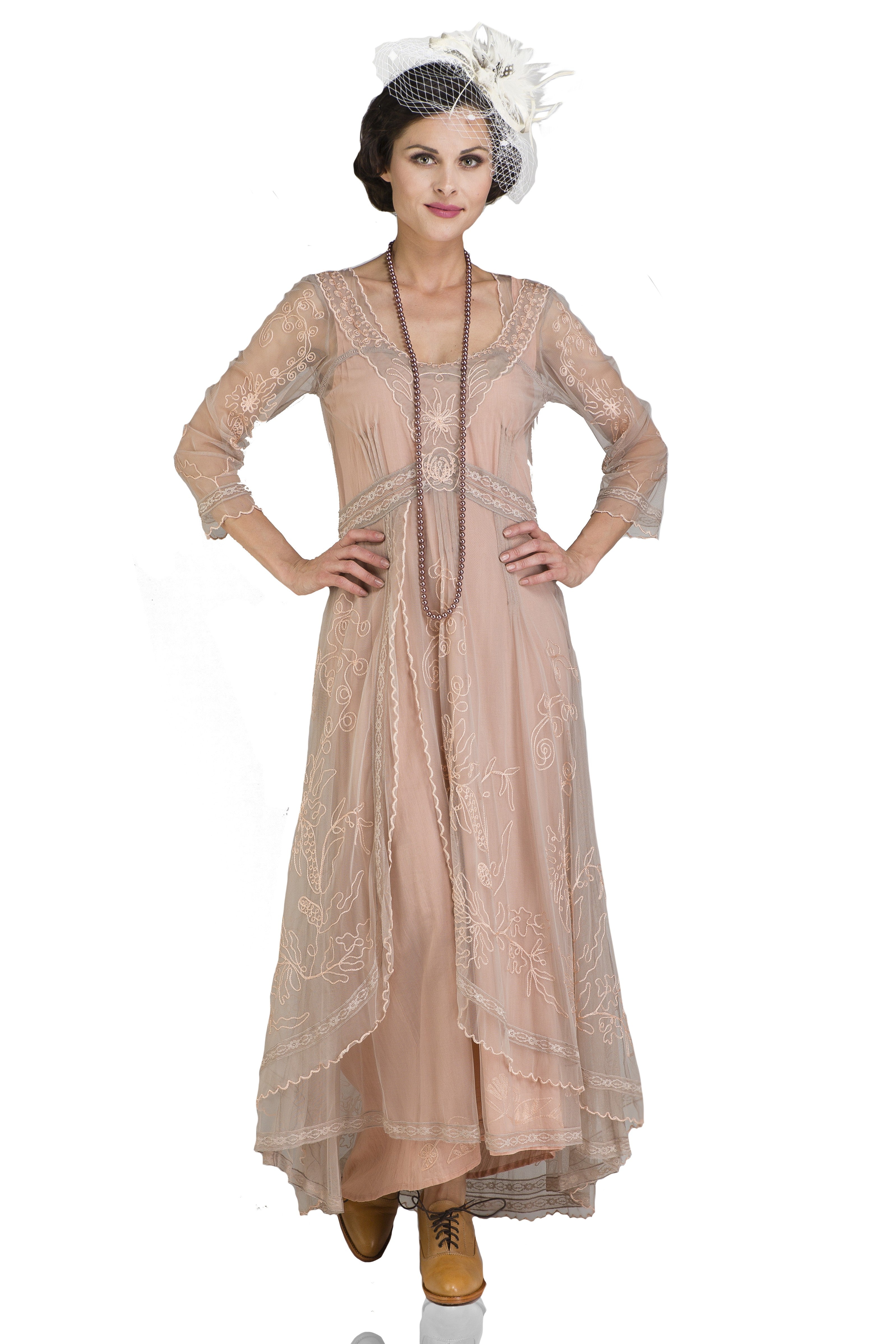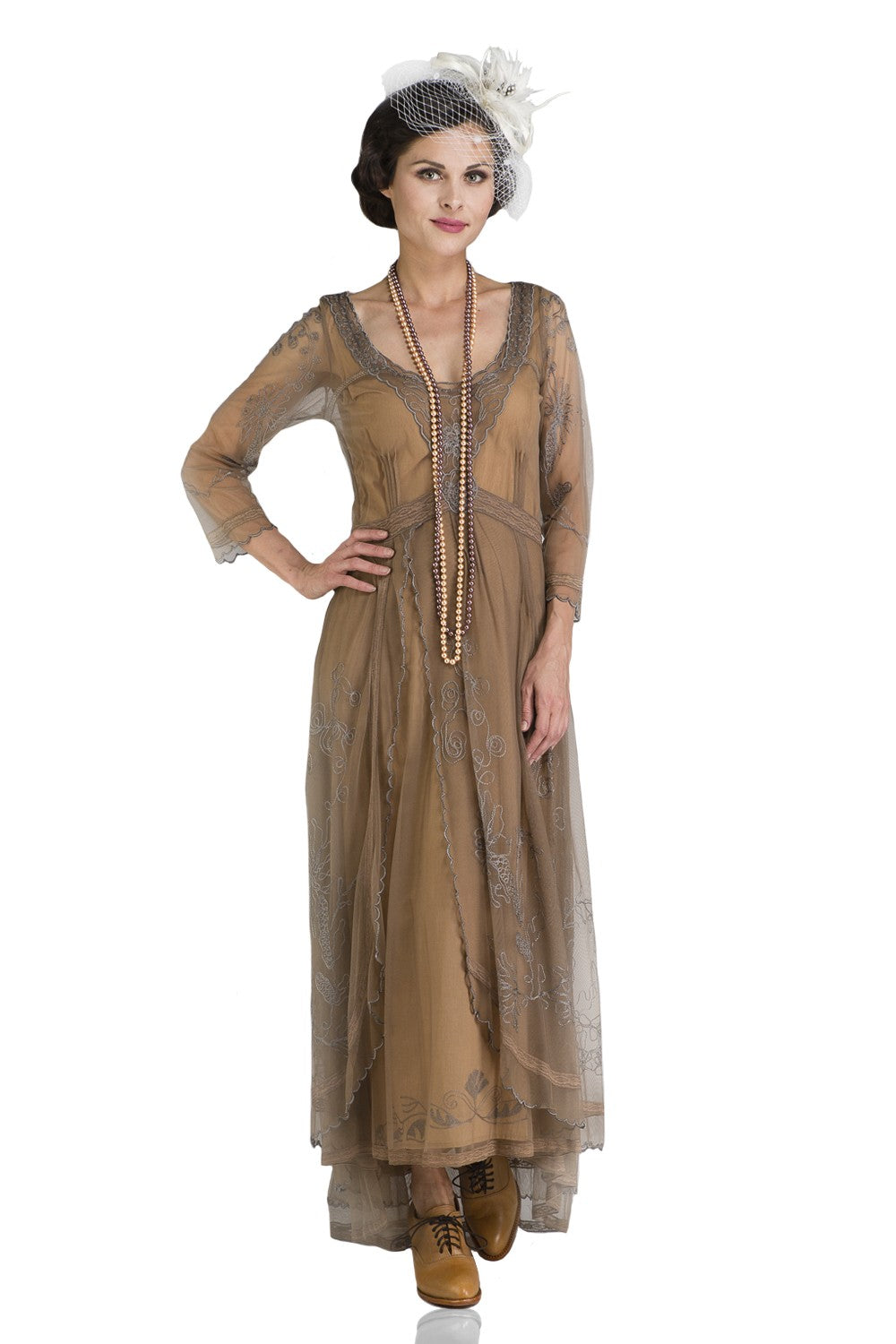Victorian Fashion: How to Pull Off an Old-school Feel with Style
by Karen
The Victorian style got its name from Queen Victoria, who ruled from 1837 until her death in 1901. Though she may have lived some time ago, her fashion-forward ideas are still used. These include placing an emphasis on making a woman's body both feminine and appealing.
England bloomed during the era as it experienced an industrial revolution as well as economic growth. This was reflected in every aspect of public life, including fine arts, literature, theater, and - of course - fashion. This prompted a huge change in the fashion industry.
With shifts in trends and styles, better manufacturing techniques, and easier access to and better material processing. Another large change to the fashion industry occurred when sewing machines were massed produced in the 1850s. This was coupled with the production of artificial dyes, which led to the middle class indulging in the high fashions.
This was huge, as it brought not just middle class, but anyone with access to the materials to join the high fashion scene. Trends started and spread, forming the first fashion magazines. This helped people from all classes to follow the latest trends.
Though we know now the dangers of wearing corsets now, they were very popular at the time. In fact, it was popular to wear them so tight that their waists measured a startling 30 centimeters! Intricate and ornate fabrics were also popular. These fabrics, including satin, silk, and velvet, came in rich colors like burgundy, dark blue, black, and white. They were often elaborated folded, adorned with intensive designs, layered, and had ribbons and bows.
It was all about making curves pop and appeal. It emphasized the hips, chest, and waist. This emphasis was largely due to the fact that high society ladies weren't supposed to wear bright makeup.
While flats were popular to wear with these layered outfits and dresses in the 1830s, the Romantic era saw women's shoes gain heels. They also became available in a variety of colors.
During the first half of the XIX century, it was popular to use velvet, silk, and satins to make wealthy women's shoes. With the rise in ankle-high shoes and heels, they had to find better materials for the job. Eventually, this led to the popularity of fashion boots, but by the 1870s ladies' shoes were back in style.
So now that you've learned a little about the history of Victorian fashion, here are a few tips to including some Victorian styles in your own daily look.
1 - The Maxi Skirt This is the base for your Victorian canvas. A well-fitted, long skirt with a straight cut will help you to create your feminine look.
2 - Solid, Stark Colors While the Romantic Victorian style was known for three main colors there are a few you can play with. Delicate tones of pink, vivid reds, dark blacks, burgundies, whites, and even blue are signature colors from the era. Keep to mostly one of these colors, and use the others as accents.
3 - High Collars While there's no debating that high collars are one of the most defining characters from the Victorian era of fashion, they aren't for everyone. If you struggle with high collars, choose tops with lace overlays on the neck and chest.
4 - Bright Laces Choosing pieces with flounces, frills, and lace will definitely make your wardrobe feel right at home in the Victorian era. Especially when the lace pops (such as having white lace over dark red fabrics).
5 - Flower Motifs Whether you incorporate them via accessories, embroidery, or lace, flowers are a hallmark of the Victorian style.
6 - Shawls Shawls help to soften your image and invoke the feel of romanticism. These were a popular way to both stay warm and add another pop of color.
7 - Keep Your Hair & Makeup Simple Keeping your hair in a simple bun or cut short will help you achieve a modern-day Victorian style look. Coupling this with simple makeup that accentuates your natural beauty is a must. Following these easy tips will help you achieve the perfect Victorian fashion in today's styles.





















Leave a comment